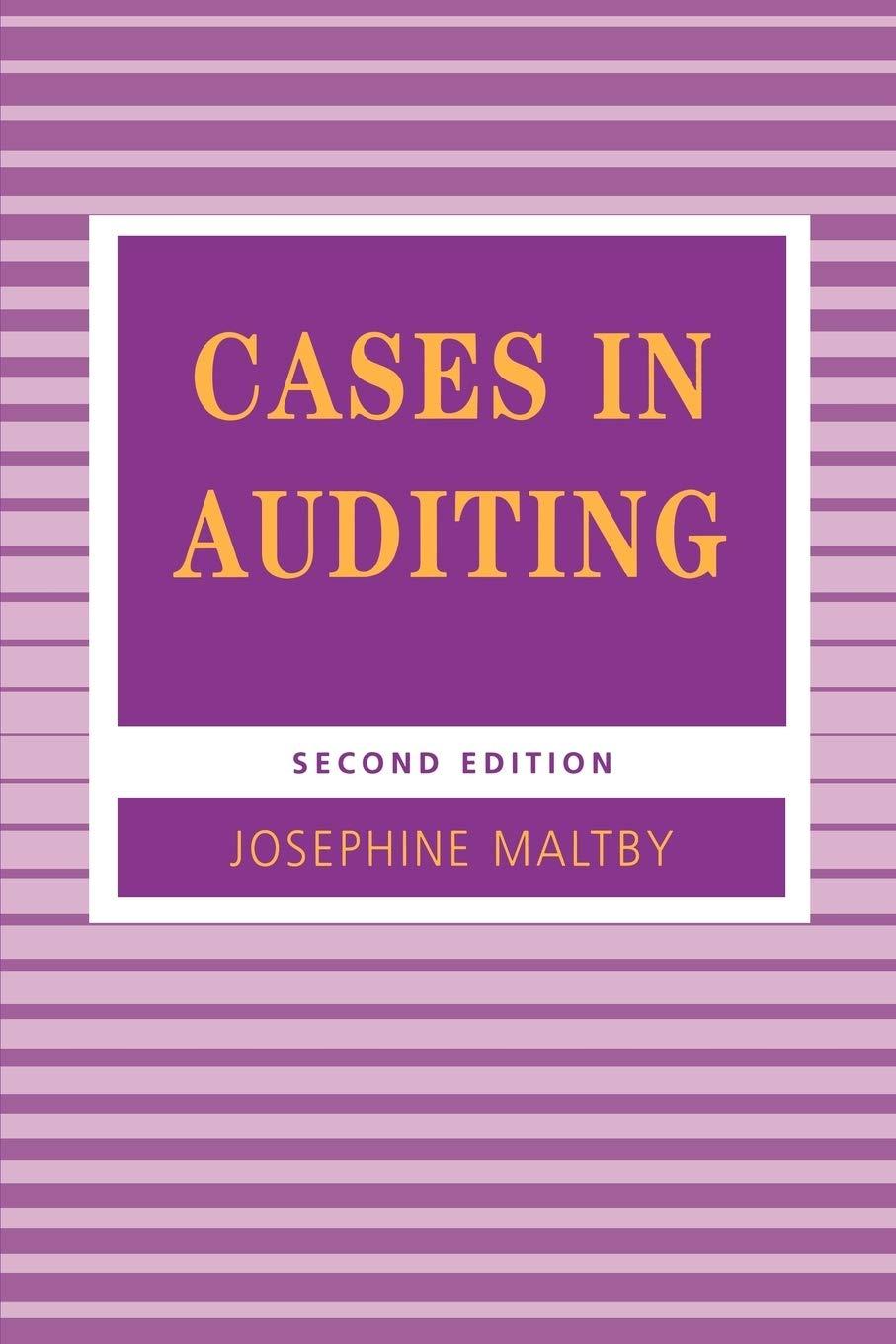Question
Option #1: The Accounting Cycle and Stockholders' Equity Analysis Portfolio Project Option #1 is for accounting students who are sensing learners and learn best from
Option #1: The Accounting Cycle and Stockholders' Equity Analysis
Portfolio Project Option #1 is for accounting students who are sensing learners and learn best from concrete materials and examples. If this is your learning style preference, you are practical and careful with detail. For this assignment, you are required to complete Part 1, Part 2, and Part 3. You will present Parts 1 and 2 in Excel, and Part 3 of the Portfolio Project in a Word document, following the exact instructions that accompany each part. (The templates can be found in Module 8, and by clicking "Next" at the bottom of this page.)
Use the assignment templates are attached below.
Part 1:
Katy McCall opens a tax consulting business called Horizon Consultants Inc. and completes the following transactions in March:
March 1: As a sole shareholder, McCall invested $125,000 cash along with $45,000 of office equipment in the company.
March 2: Horizon Consultants Inc. completed services for a client and immediately received $4,000 cash.
March 3: Horizon made credit purchases for office equipment for $1,500 and office supplies for $2,100. Payment is due within 10 days.
March 6: Horizon Consultants Inc. pre-paid $6,000 cash for six months' rent for their office.
March 10: Horizon completed a $4,250 project for a client who must pay within 45 days.
March 12: Horizon paid $3,600 cash to settle the account payable created on March 3.
March 19: Horizon paid a $6,000 cash premium on a 12-month insurance policy.
March 22: Horizon received $3,250 cash as a partial payment for the work completed on March 10.
March 25: Horizon completed work for another client for $4,250 on credit.
March 29: McCall paid herself a dividend of $3,000 cash.
March 30: Horizon purchased $750 of additional office supplies on credit.
March 31: Horizon paid $350 cash for this month's utility bill.
Instructions:
Using the following chart of accounts and template, prepare journal entries for the above economic transactions. Include the effect that each transaction has on the accounting equation. Enter your journals to the general ledger using the same file name.
Chart of accounts: cash, office equipment, capital stock, prepaid rent, prepaid insurance, office supplies, accounts payable, consulting revenue, accounts receivable, dividend, utility expense.
Part 2:
The following unadjusted trial balance is for Groenke Construction Company as of year-end for the December 31, 20x7 fiscal year. The December 31, 20x6 credit balance of the stockholders' equity account is $61,900, and the stockholders invested $45,000 cash in the company during 20x7.
- Account Title Debit Credit
101 Cash $15,000
126 Supplies $8,500
128 Pre-paid insurance $11,200
167 Equipment $175,000
168 Accumulated depreciation - equipment $19,000
201 Accounts payable $9,250
251 Long-term notes payable $45,000
301 Shareholders' equity $106,900
302 Dividends $15,750
401 Construction Revenue $153,000
623 Wage expense $61,800
633 Interest expense $6,250
640 Rent expense $15,750
683 Property tax expense $12,500
684 Repairs expense $6,100
690 Utilities expense $5,300
TOTALS $333,150 $333,150
Instructions:
Use the template provided to:
- Journalize the following adjusting entries as of fiscal year-end December 31, 20x7.
- Post the adjusting entries to an unadjusted trial balance and prepare the adjusted trial balance.
- Create financial statements, namely: i) the income statement, ii) statement of stockholders' equity, and iii) the balance sheet for 20x7.
Adjustments needed:
- The supplies available at the end of the fiscal year 20x7 are at a cost of $5,700.
- The company's employees have earned $3.500 in accrued wages for the fiscal year.
- The cost of expired insurance for the fiscal year is $8,600.
- The rent expense not yet paid or recorded in the fiscal year is $2,250.
- Annual depreciation on equipment is $8,000; no other depreciation adjustment was made in 20x7.
- The $450 accrued interest for December has not yet been paid and reported.
- Additional property taxes of $625 have been assessed for the fiscal year but have not yet been paid or recorded in the accounts.
- The December utilities expense of $425 is not included in the adjusted trial balance, because the bill arrived after the trial balance was prepared. The $425 amount owed needs to be recorded.
- The company paid dividends of $15,575 to its shareholders on record.
Part 3
Assume you are the chief accountant making a presentation during the stockholders' annual meeting for your corporation. Provide a brief explanation to stockholders on each of the following questions:
Shares
- In what ways can shares be "preferred"? In which ways are they similar and different from common shares? Give real-world examples.
- How does the book value of shares of stock differ from the market value of shares of stock? Use a real-world example in your answer.
Dividends
- Discuss at least three main issues a board of directors considers when making a dividend declaration decision.
- How does a share dividend differ from a share split?
Retained Earnings
e) Explain why companies place restrictions on some of their retained earnings.
Step by Step Solution
There are 3 Steps involved in it
Step: 1

Get Instant Access to Expert-Tailored Solutions
See step-by-step solutions with expert insights and AI powered tools for academic success
Step: 2

Step: 3

Ace Your Homework with AI
Get the answers you need in no time with our AI-driven, step-by-step assistance
Get Started


